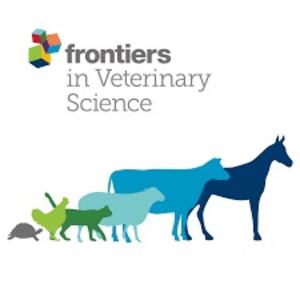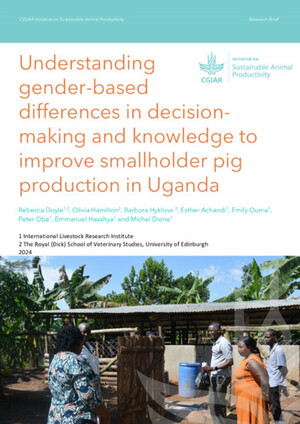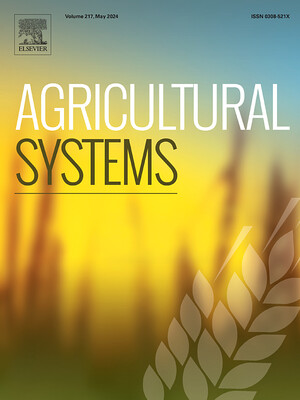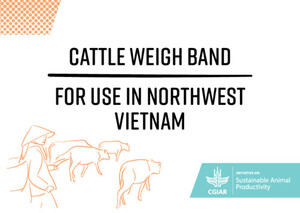
Community-based interventions for the use and conservation of animal genetic resources: the case of indigenous scavenger chicken production in Benin
Abstract
Scavenging chicken production in Africa is important for the livelihood of the poor. In most countries, these low inputs, low output systems employ local breeds making use of the feeding resources available in the household. However, their replacement with introduced exotic breeds with higher productivities represents a risk for their conservation. Here, we present a simulation model to evaluate the impact of community-based interventions aiming to improve the profitability of local chicken breeds and promote their use and conservation. The results indicate that under the current conditions, farmers producing exotic chicken are able to sell more animals in a one year period; however the market price of local chicken makes their production more profitable. Vaccination campaigns significantly reduce the mortality rate of both breeds, having a positive effect on producers’ income but its impact on animal off-take is larger for exotic breeds, and the availability of feeding resources is the limiting factor as the flock size increases. The results of the intervention are positive in terms of increasing farmers’ income but do not clearly contribute to the conservation of indigenous breeds since after the vaccination campaign, the gap between the profitability of indigenous and exotic breeds is reduced. The simulation model indicates that under the current conditions, the conservation of indigenous chicken breeds in Benin is maintained by the existence of distinct niche markets with consumers able to pay higher prices for indigenous chicken. Policies for the conservation of chicken genetic resources in Benin are discussed.
Citation
Rodríguez LC, Herrero M and Baltenweck I. 2011. Community-based interventions for the use and conservation of animal genetic resources: the case of indigenous scavenger chicken production in Benin. Tropical Animal Health and Production 43(5): 961-966.










